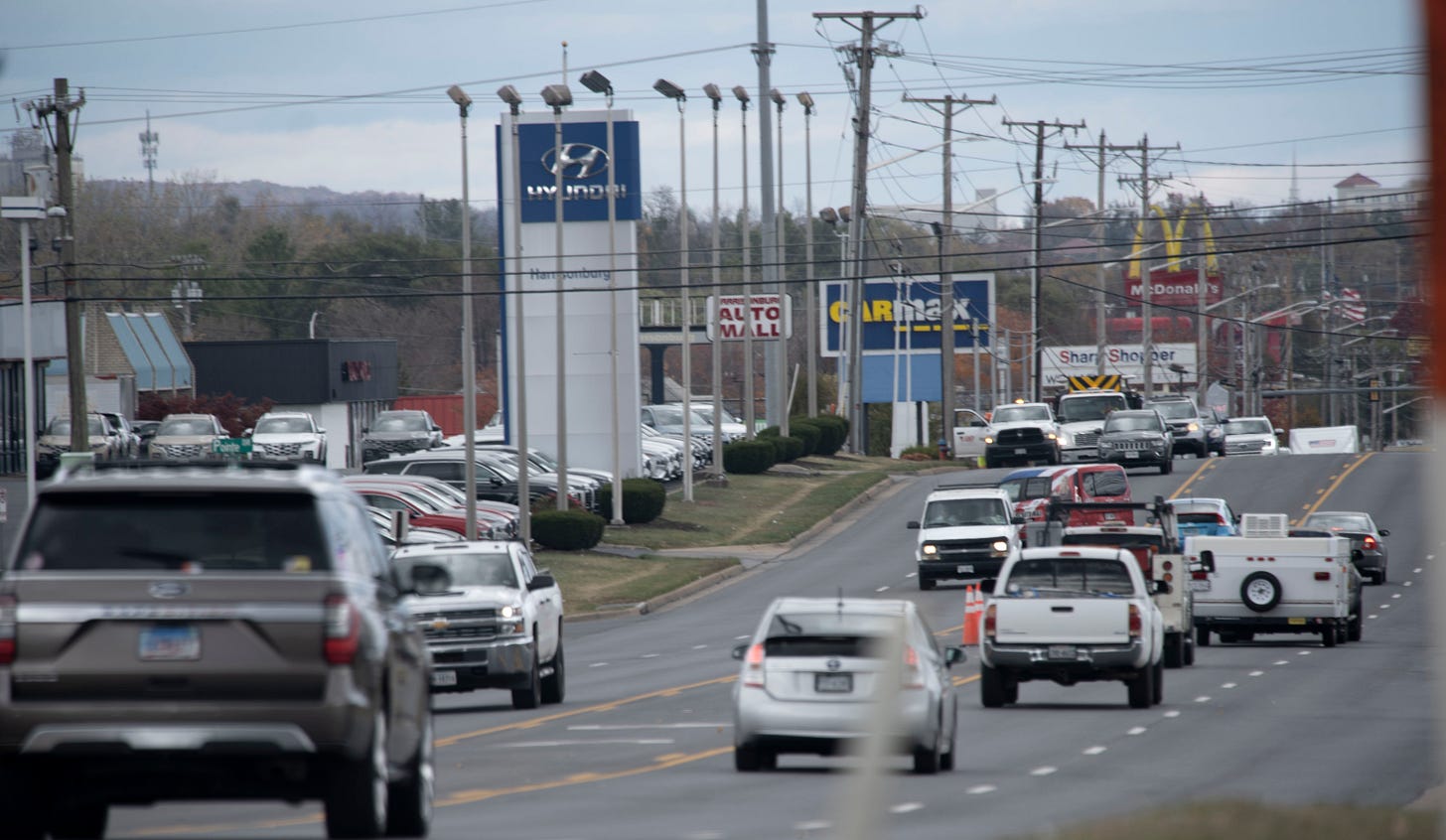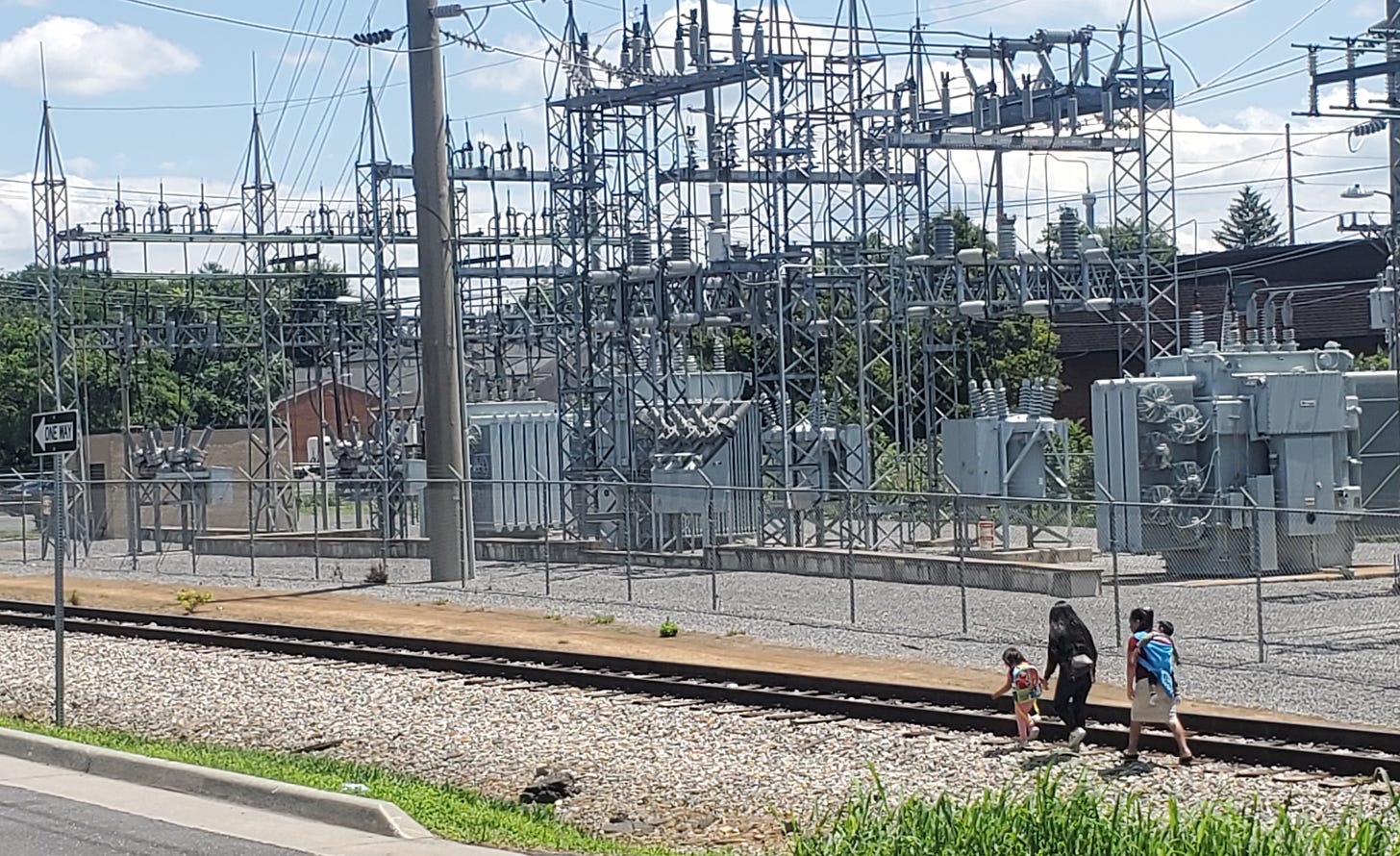We can no longer afford to be car dependent
Making cities car-optional is not only better for the future of our planet, it can also lower our cost of living and make our neighborhoods more economically resilient.
If life without your car seems utterly unimaginable, you’re not alone. For the past 70 years, we have prioritized, subsidized, and zoned for automobiles at the expense of all other modes of transportation. And we are only now starting to realize that we’ve painted ourselves into a car-dependent corner. As the cost of car ownership ascends alongside the cost of housing, it’s putting working-class residents in an impossible position.

If you purchased (or paid off) a car prior to the pandemic, consider yourself lucky. The average monthly car payment has ballooned to $729 for new cars (or $528 used), and that doesn’t include fuel costs, insurance, taxes, and maintenance. When we add up all car-related expenses, the cost of new car ownership is now over $1,000 a month.

Assuming you could find a relatively “affordable” used car for say, $300 a month, by the time you factor in gas, insurance, and maintenance, your monthly car expenses would likely be closer to $500. Considering that median rent in Harrisonburg is currently hovering around $1,000 (not including utilities), it’s no wonder that Americans are falling behind on their auto loans at the highest rate in 30 years.
What does mixed-use or use-separated development have to do with cars?
The trend of more Americans working from home doesn’t appear to be slowing down, but telecommuters still have regular errands and trips they need to make. The distance required to travel to those weekly or monthly destinations can be greatly reduced in a mixed-use neighborhood, where housing and businesses coexist on the same block.

Built mostly before cars and before zoning, downtown Harrisonburg is a local example of traditional mixed-use development, where residents can live, work, dine, and shop without needing to get in a car. I know several people who live and work downtown who choose not to own a car. Their cost of living is significantly lower as a result. Not only are they not making monthly car payments, but because there are no parking requirements in Harrisonburg’s central business district, parking is not included with many of the apartments downtown.
By contrast, the use-separated development we find elsewhere in the city (and across most of the U.S.) is mostly low-density single-family housing built miles from commercial strip malls and shopping centers. The only safe and convenient way to travel the no-man’s land between homes and stores is inside a car, assuming you can afford one. If you can’t afford that extra several hundred dollars a month, you can either wait for the bus (which may or may not be going where you need to go) or make your way on foot across an expansive pedestrian-hostile landscape.

Outside of downtown, the city has parking mandates requiring developers to build a certain number of parking spots per square footage of store space, or per dwelling unit (the ratio varies by zoning designation). Not only do parking requirements push residences and destinations farther apart, but they also add to tenants’ monthly expenses. Developers bundle those parking costs into the monthly rent, accounting for anywhere from 10% to 25% of the monthly total (depending on land value and construction costs). In other words, if you’re paying $1,000 for rent, approximately $160 of that is just for parking. And no, your landlord won’t give you a rebate if you don’t use the parking spot that the city required them to build. By bundling rent and parking together, we’re further entrenching car dependency and increasing the cost of housing for apartment dwellers.
“Automobiles are often conveniently tagged as the villains responsible for the ills of cities and the disappointments and futilities of city planning. But the destructive effect of automobiles are much less a cause than a symptom of our incompetence at city building.”
-Jane Jacobs
Developers should not be forced to overbuild parking, and renters should not be forced to pay for parking they don’t want or don’t use. Removing parking requirements would be a starting point, allowing developers to un-bundle rent and parking, revealing the true cost of a paved 9’ by 18’ car storage space. The monthly rent might be $800 or $900, and for the parking space, $150. This would, in turn, allow developers to devote less land to building parking, and allow car-free or car-lite renters to save money on rent.

Our inability to live a normal life without cars is not only a climate issue, it’s an equity issue. If we sincerely care about housing affordability we need to understand how car-centric development dramatically increases our cost of living. Compared to residents in mixed-use, car-optional neighborhoods, people living in subdivisions hemmed in by stroads often pay significantly more just to get to and from regular destinations. Many people can’t afford a car at all, and are left to travel by foot in places that were never intended for walking or biking.
One of the newly adopted goals of Harrisonburg’s Environmental Action Plan is “ensuring the transition to lower carbon emissions is effective, affordable, equitable, and inclusive and to prioritize actions that increase financial stability in Harrisonburg households and businesses.” We should continue to transition away from fossil fuels and to build affordable housing, but when we focus exclusively on EVs and affordable housing — writing off walkability, protected bike lanes, and transit funding as non-essential nice-to-haves — we’re missing a significant factor that is making life unaffordable for many city residents. Near-mandatory car ownership does the exact opposite of increasing the financial stability of families. It saddles people who can least afford it with crushing debt (regardless of whether the car has a 12-gallon gas tank or a 1,800-pound battery).
A healthier, more sustainable, and affordable future for all city residents is possible. Getting there is going to require that we step out of our cars and reconsider who (or what) we want our city to be for. This transition could take the form of car shares, zoning reform, expanding shared micromobility to include e-bikes, e-bike vouchers, public transit ridesharing, more funding for shared-use paths, or a combination of all of the above. The transition from where we are today to a car-optional city would likely be experimental and imperfect. But there’s no path to a more equitable, livable future without breaking with the car-centric development norms of the last seven decades.





